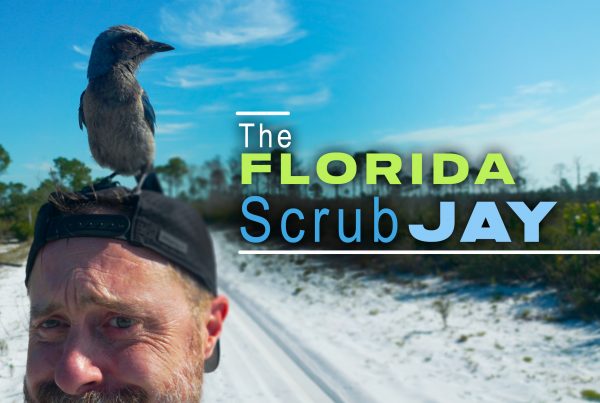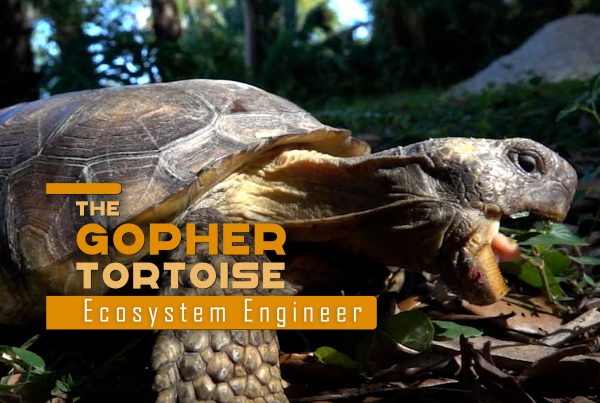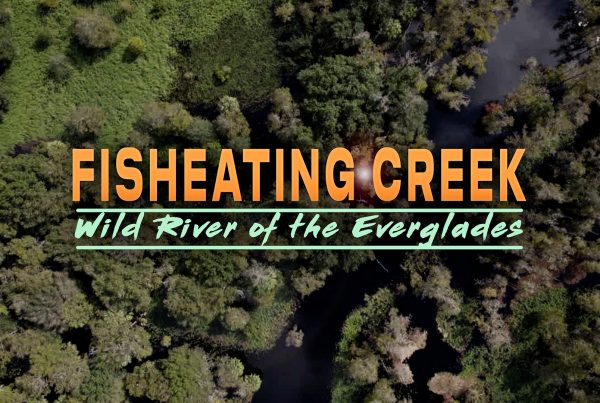Picky eaters? Not these guys!
Phytoplankton: microscopic marine algae
Zooplankton: heterotrophic plankton, aka, microscopic animals
Obligate: to bind or compel. “Obligate herbivores,” for example, are compelled to only eat plants
Domesticate: to tame or convert to domestic uses
An omnivore is a consumer organism that is both a plant eater and a consumer of animal flesh – a herbivore and a carnivore rolled into one. Animals that eat only plants are called obligate herbivores. Animals that eat only meat are called obligate carnivores. So, it’s accurate to say that all non-obligate herbivores and all non-obligate carnivores are omnivorous because they have a mixed diet of plant and animal tissue.
But don’t expect the omnivore to be like a highly specialized herbivore with grinding teeth like an elephant or a nectar-sipping bill like a hummingbird or an extremely long intestine like a sloth. And don’t expect it to have the claws of a carnivore like, let’s say the harpy eagle, the dagger teeth of the jaguar or the sprinting abilities of the Florida panther. An omnivore is able to choose from a greater selection of food possibilities than either a carnivore or an herbivore. It tends to be less specialized in the way it is designed for eating.
Surprisingly enough, the black bear feeds mostly on plants but will kill and eat animals when it has the chance. The grey fox is another well-known omnivore. It will eat berries as well as mice. Wild hogs are omnivores. So are other pig species like the warthog and the red river hog. They all eat both plant material and carrion.
The huge blue whale and the other baleen whales are omnivores. Although they eat mostly krill, they strain out both phytoplankton and zooplankton from sea water.
The chimpanzee is considered omnivorous. Although it eats mostly plants, it sometimes preys on other animals.
Many birds are omnivorous. One Florida beauty is the purple gallinule. With its long, spread-out toes, the gallinule is usually seen stepping artfully over the tops of aquatic plants like the spatterdock looking for feeding opportunities. We often see gallinules strip open the petioles of the leaves and pull out large, white insect larvae. Here’s one feeding on a baby red-bellied turtle.
But when spatterdock plants bear their fruits, the gallinules will make good use of them also. They will bring them to the shore where they can peck into the fruits in search of the small, white seeds. This omnivore seems to find anything worth eating in a forest of spatterdock.
We humans are omnivores too. With the invention of tools and the use of fire, ancient man began to kill and cook animals to add to his diet of mostly leaves fruits, nuts and roots. When man discovered that he could domesticate both plants and animals, he was able to build permanent settlements that led to large civilizations in places like China, Mesoamerica and the Fertile Crescent. But today, in wealthy countries like the United States, we have greatly increased the percentage of animal protein, fat and sugar in our diets at the expense of leafy vegetables and grains. Over time this has caused a dramatic increase in heart disease, cancer, obesity and diabetes.
When we were hunter gatherers, we were omnivores who were mostly herbivorous. But today we are omnivores who are largely carnivorous. We were more active in our former days as well. Fortunately, we now have the science that shows what we must do to keep this machine running well.
Coming soon




